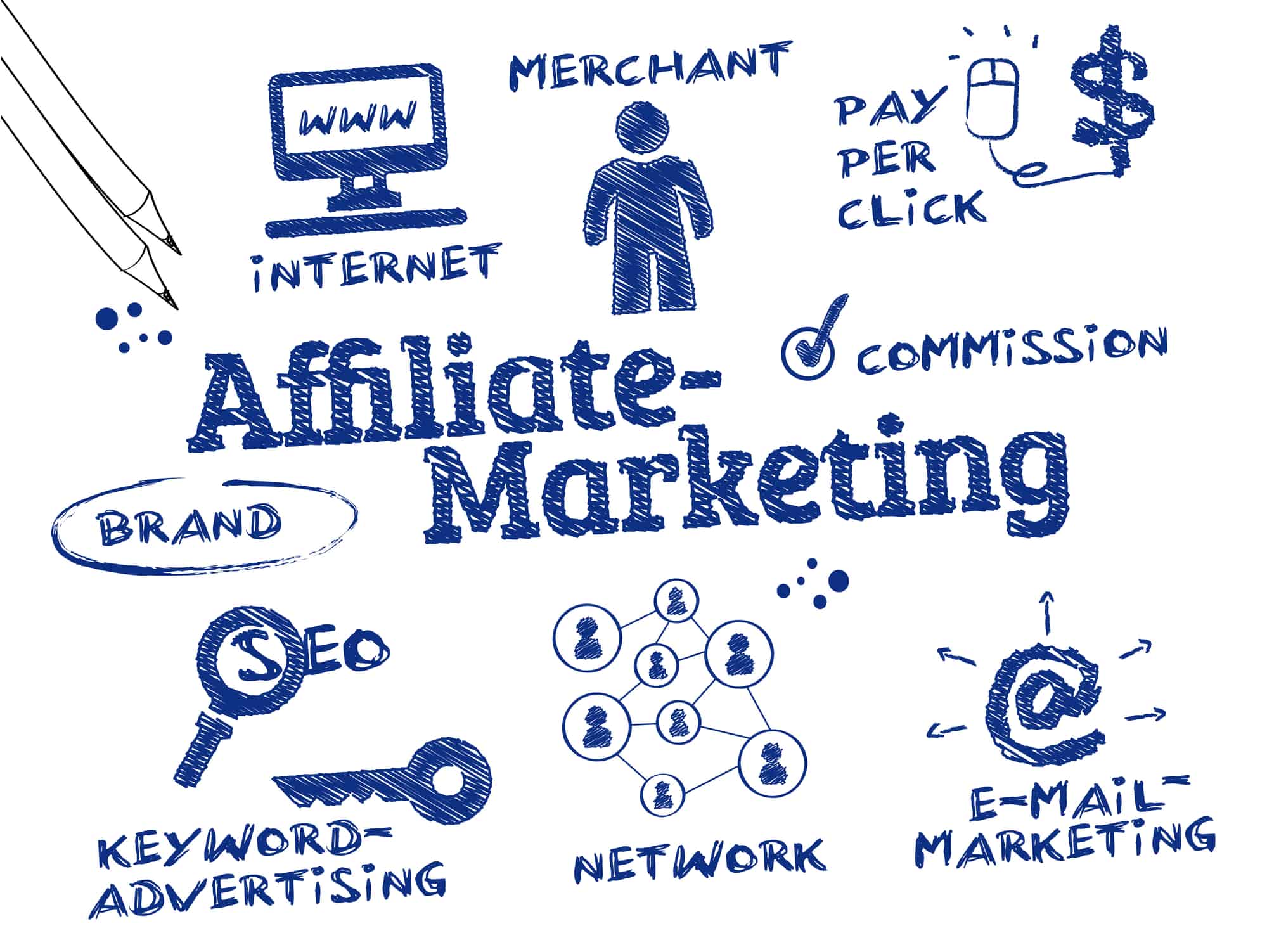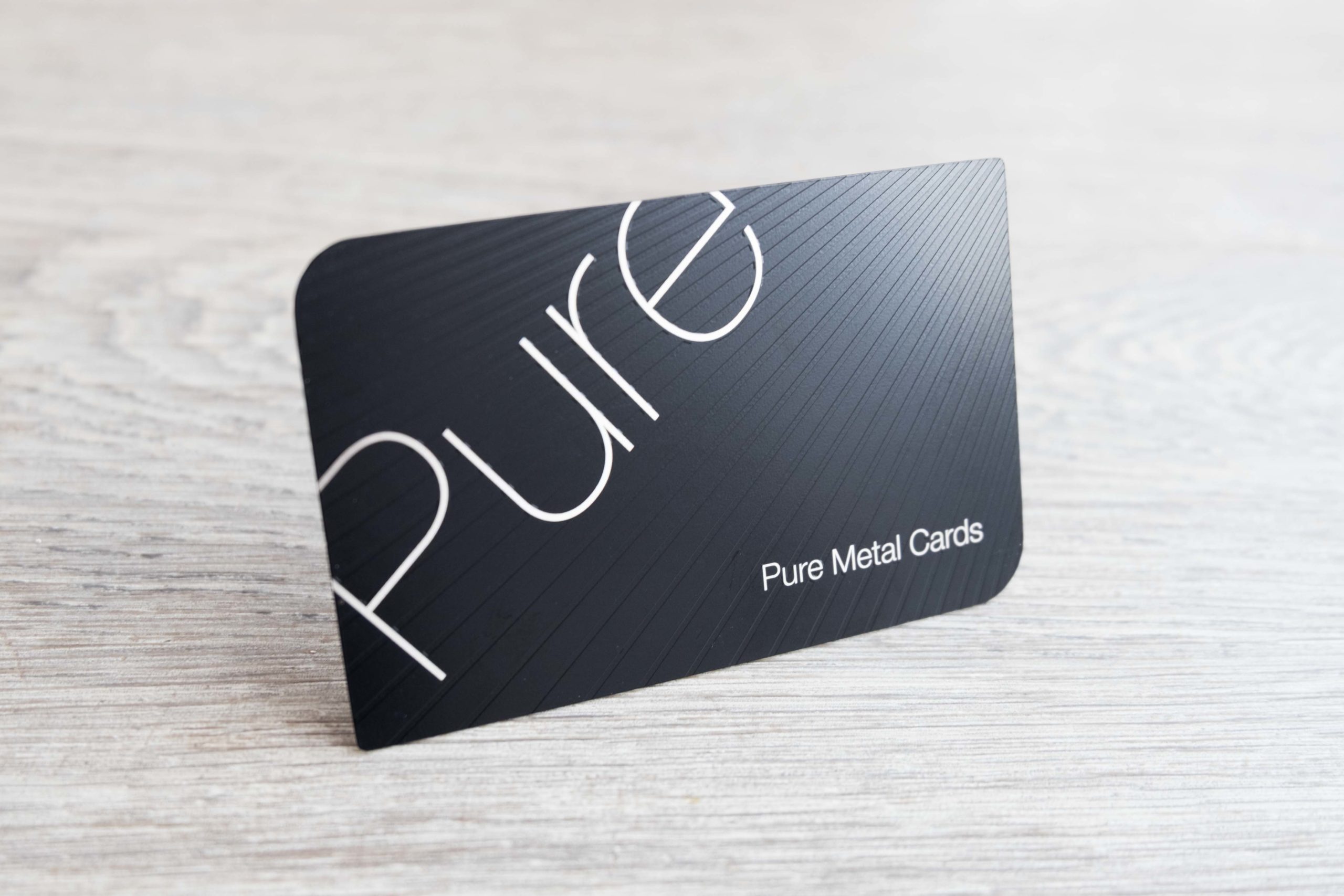Discord Members Create a Welcoming Environment for Everyone Always
Creating a welcoming environment on Discord is essential for building strong communities where members feel safe, valued, and engaged. A friendly server encourages participation, fosters positive conversations, and helps members return regularly. Every member has a role in shaping the community’s atmosphere. Simple actions like greeting new members, respecting different opinions, and maintaining a supportive tone can make a significant difference. By focusing on inclusivity, clear communication, and empathy, servers can become spaces where everyone feels comfortable expressing themselves. This guide provides practical steps Discord members can follow to create an inviting environment for all.
- Greet New Members Warmly
First impressions matter. Welcoming new members helps them feel included and encourages active participation.
- Send a friendly greeting when someone joins.
- Encourage others to introduce themselves.
- Use welcoming channels for introductions to avoid confusion.
- Promote Respectful Communication
Respectful communication keeps the community safe and enjoyable. Members should interact politely, even during disagreements.
- Avoid offensive language and personal attacks.
- Listen actively before responding to others’ opinions.
- Encourage constructive criticism instead of negative comments.
- Encourage Participation
Active members help maintain a lively server. Encouraging participation creates a sense of belonging.
- Ask questions to start discussions.
- Celebrate achievements and contributions from members.
- Organize small events or activities to engage everyone.
- Maintain Clear Rules
Clear rules guide members on acceptable behavior and reduce conflicts.
- Display server rules prominently.
- Enforce rules fairly and consistently.
- Remind members about rules politely when needed.
- Foster Inclusivity
Inclusive communities are stronger because everyone feels valued. Members should make efforts to include diverse voices.
- Avoid cliques and exclusive groups.
- Respect cultural, social, and personal differences.
- Support members who may feel left out.
- Lead by Example
Positive behavior inspires others to act the same way. Members who model kindness and respect influence the community.
- Respond calmly in conflicts.
- Praise helpful behavior.
- Stay patient with new members learning the server’s culture.
- Use Helpful Channels Effectively
Channels organized for specific purposes help members navigate the server easily.
- Use dedicated channels for questions, announcements, and casual chat.
- Keep channels free from spam to maintain focus.
- Encourage members to use channels appropriately.
- Provide Support When Needed
A welcoming environment includes support for members facing difficulties.
- Offer advice or resources when asked.
- Listen without judgment.
- Direct members to moderators if serious issues arise.
Creating a welcoming environment on Discord is a shared responsibility. By greeting newcomers, promoting respect, encouraging participation, maintaining clear rules, fostering inclusivity, leading by example, using channels effectively, and providing support, every member contributes to a positive community. For safe growth services, you should Visit DiscordBooster and explore solutions that provide genuine users, boosting credibility and engagement across your community. When all members actively practice these habits, servers become enjoyable, safe, and engaging spaces where everyone feels welcome and valued.
Study Methods That Guarantee Confidence during Aesthetics Good Faith Exam
Success in the aesthetics good faith exam depends not only on knowledge but also on confidence. Confidence comes from consistent preparation, focused practice, and clear understanding of core concepts. Adopting the right study strategies ensures you approach the exam with clarity and composure. Learning effectively means breaking down complex ideas into manageable sections, practicing regularly, and using techniques that reinforce memory retention. With structured methods, you can maximize both comprehension and recall, making every study session more productive.
Create a Structured Study Plan
A clear study plan prevents last-minute stress and ensures all topics are covered. Structure your plan to include:
- Daily targets: Assign specific topics or skills for each day.
- Balanced sessions: Alternate between theory, practical skills, and revision.
- Breaks: Short breaks improve focus and prevent burnout.
- Review periods: Regularly revisit previous topics to strengthen retention.
Focus on Core Principles
Understanding good faith exam for aesthetics concepts is more valuable than memorizing details. Focus on the principles that form the foundation of the exam:
- Skin anatomy and physiology: Know layers, functions, and common conditions.
- Techniques and procedures: Understand the steps, safety measures, and outcomes.
- Client consultation: Learn how to assess client needs and recommend treatments.

Active Learning Techniques
Active learning helps retain information longer. Incorporate these methods:
- Practice quizzes: Self-assess your knowledge regularly.
- Flashcards: Reinforce key terms and procedures.
- Visual aids: Diagrams and charts make complex concepts easier to remember.
- Teach others: Explaining topics to peers enhances understanding.
Practical Skill Enhancement
Hands-on practice is critical for confidence in aesthetics exams:
- Simulation exercises: Practice procedures using models or tools.
- Step-by-step practice: Break procedures into smaller steps for accuracy.
- Peer practice: Collaborate with colleagues to refine techniques.
- Time management: Practice completing tasks within exam-like time frames.
Revision Strategies
Effective revision consolidates learning and boosts confidence:
- Daily recap: Spend 10–15 minutes reviewing previous topics.
- Weekly summary: Create summary sheets for quick reference.
- Mock exams: Simulate the exam environment to improve readiness.
- Highlight weak areas: Focus extra time on topics that are challenging.
Mental Preparedness
Confidence is strengthened by mental readiness:
- Positive visualization: Imagine successfully completing the exam.
- Mindfulness exercises: Reduce stress and improve concentration.
- Healthy habits: Adequate sleep, hydration, and nutrition enhance focus.
By combining structured planning, active learning, hands-on practice, and mental preparedness, candidates can approach the aesthetics good faith exam with confidence. Implementing these strategies ensures thorough preparation, improves skill retention, and fosters a calm, focused mindset. Mastering both theory and practical skills creates a solid foundation for success. Following these methods consistently will enhance performance, reduce anxiety, and make achieving top results a natural outcome.





